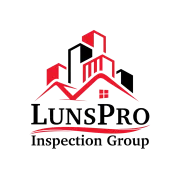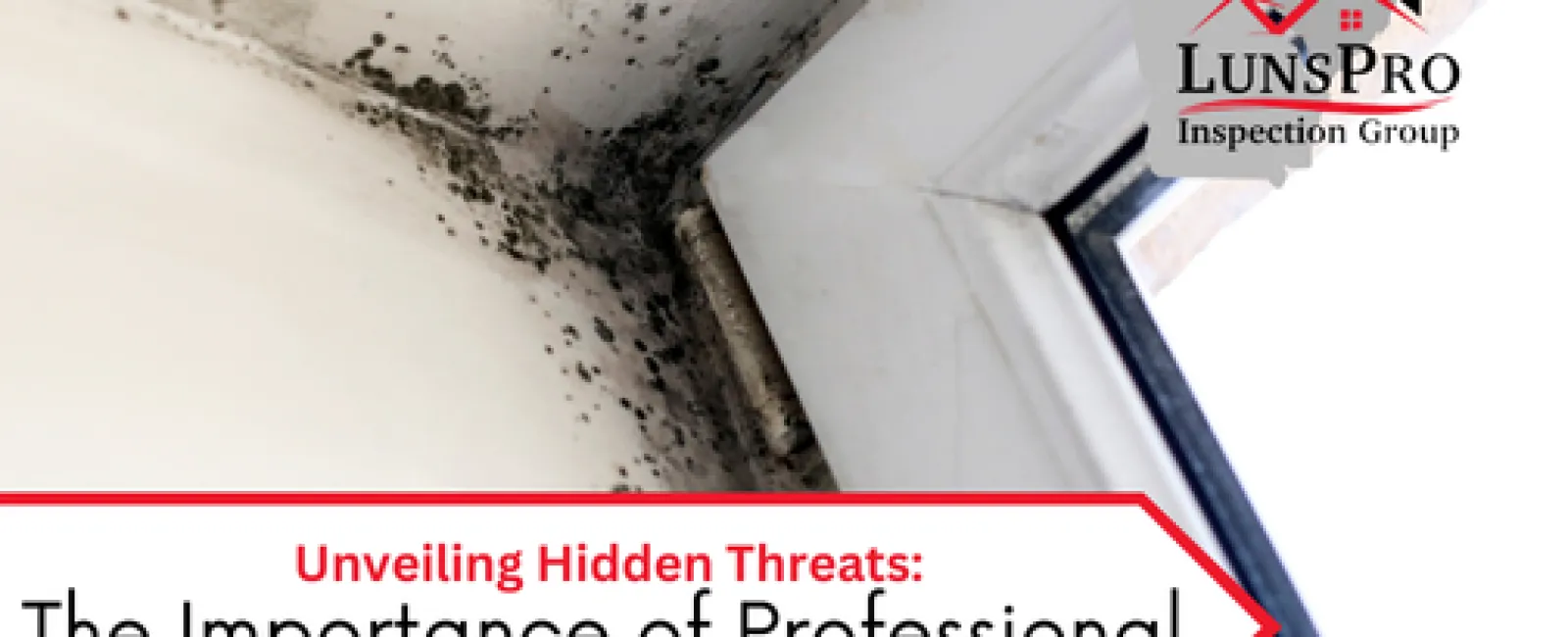Mold, a pervasive type of fungus, thrives in environments characterized by dampness and high humidity. Its ability to proliferate rapidly under favorable conditions poses significant risks to both property and health. Understanding the multifaceted dangers of mold infestation is essential for homeowners to appreciate the importance of professional mold inspections and proactive preventive measures.
Understanding Mold Growth and its Consequences
Mold's growth is fueled by moisture, making areas with water leaks, poor ventilation, or elevated humidity levels particularly susceptible. Mold spores, microscopic and lightweight, can easily become airborne, spreading throughout a home and infiltrating various surfaces. This airborne transmission not only accelerates the spread of mold but also heightens the risk of adverse health effects and structural damage.
Health Risks Associated with Mold Exposure
The impact of mold on indoor air quality is profound, with mold spores capable of triggering a range of health issues upon inhalation. These health risks include allergic reactions, exacerbation of asthma symptoms, and respiratory distress such as coughing and wheezing. Individuals with compromised immune systems, respiratory conditions, or allergies are especially vulnerable to the effects of mold exposure. Moreover, prolonged exposure to mold can exacerbate existing health conditions and contribute to the development of new ones over time, underscoring the urgency of early detection and remediation.
Structural Implications of Mold Infestation
Beyond health concerns, mold infestations can compromise the structural integrity of a home, leading to costly repairs and renovations. Mold growth weakens building materials such as drywall, wood, and insulation, compromising their structural integrity and durability. Additionally, mold can leave unsightly stains and emit unpleasant odors, diminishing a home's aesthetic appeal and potentially impacting its resale value. Addressing mold issues promptly is imperative to prevent further damage and ensure the safety and comfort of occupants.
The Crucial Role of Professional Mold Inspections
Given the multifaceted dangers posed by mold, engaging a professional mold inspector is paramount for homeowners seeking to safeguard their property and health. Here's why professional mold inspections are indispensable:
Expertise and Experience: Professional mold inspectors possess specialized training and experience in identifying mold growth, enabling them to conduct thorough assessments of properties, including hidden or inaccessible areas.
State-of-the-Art Equipment: Equipped with advanced tools such as moisture meters, thermal imaging cameras, and air quality monitors, professional inspectors can accurately detect mold and assess its impact. These sophisticated instruments enable inspectors to pinpoint moisture sources, measure humidity levels, and collect air samples for detailed analysis, providing comprehensive insights into the extent of the mold problem.
Comprehensive Assessments: Professional mold inspections encompass thorough evaluations of a home's interior, exterior, and HVAC system. This holistic approach ensures that no area susceptible to mold growth is overlooked, enabling inspectors to identify potential mold sources and address underlying issues contributing to mold proliferation effectively.
Accurate Testing: In addition to visual inspections, professional mold inspectors may conduct mold testing to confirm the presence of mold and identify its specific type. This information is invaluable for devising tailored remediation strategies, ensuring that mold removal efforts are targeted and efficient.
Peace of Mind: Investing in a professional mold inspection provides homeowners with peace of mind, knowing that their home has been meticulously evaluated for mold and indoor air quality issues. Detailed inspection reports offer insights into the severity of the mold problem, along with recommendations for remediation and strategies for preventing future mold growth, empowering homeowners to take proactive measures to safeguard their property and health.
Detecting Mold Infestation: Signs to Watch For
While professional inspections are indispensable, homeowners should also remain vigilant for common signs of mold infestation, including:
- Visible mold growth on surfaces, such as walls, ceilings, or floors.
- Musty or earthy odors in specific areas of the home.
- Water stains or discoloration on walls or ceilings, are indicative of moisture intrusion.
- Peeling or bubbling paint or wallpaper is often a consequence of moisture-related damage.
- Allergic reactions or respiratory symptoms experienced by occupants, particularly when spending time indoors.
Promptly addressing these signs with professional assistance can prevent mold-related problems from escalating, minimizing health risks and property damage.
Preventing Mold Growth: Proactive Measures
In addition to professional inspections, homeowners can implement proactive measures to prevent mold growth and maintain a healthy indoor environment. These measures include:
Addressing Water Leaks: Timely repair of water leaks or moisture issues is crucial for preventing mold proliferation. This involves promptly repairing leaky pipes, roofs, and windows, as well as ensuring proper drainage around the home's foundation to prevent water infiltration.
Improving Ventilation: Adequate ventilation is critical for reducing humidity levels and inhibiting mold growth. Installing exhaust fans in bathrooms and kitchens, opening windows to promote airflow, and using dehumidifiers in moisture-prone areas can help maintain optimal indoor air quality and prevent mold colonization.
Cleaning and Drying Water-Damaged Materials: If the home experiences water damage from leaks or flooding, it's essential to clean and dry water-damaged materials and furnishings within 48 hours to prevent mold growth. Using fans and dehumidifiers can expedite the drying process effectively, minimizing the risk of mold infestation.
Maintaining Indoor Humidity Levels: Monitoring and regulating indoor humidity below 60% can inhibit mold growth. Using dehumidifiers in damp areas such as basements and crawl spaces, and regularly monitoring humidity levels with a hygrometer, ensures optimal conditions for mold prevention, reducing the likelihood of mold proliferation.
Regular HVAC Maintenance: Regular cleaning and inspection of HVAC systems can prevent mold accumulation in air ducts and filters. Changing air filters regularly and scheduling professional HVAC maintenance annually ensures optimal system performance, reducing the circulation of mold spores and maintaining indoor air quality.
Safeguarding Homes and Health
Mold infestations pose significant risks to both homes and health, necessitating the implementation of comprehensive mold inspections and proactive preventive measures. By investing in professional inspections and taking proactive steps to prevent mold growth, homeowners can safeguard their properties and well-being effectively. At LunsPro Home Inspections, we are committed to assisting homeowners in Atlanta, Georgia, and beyond in maintaining safe and healthy living environments. Contact us today to schedule your professional mold inspection and address any hidden threats lurking in your home.

